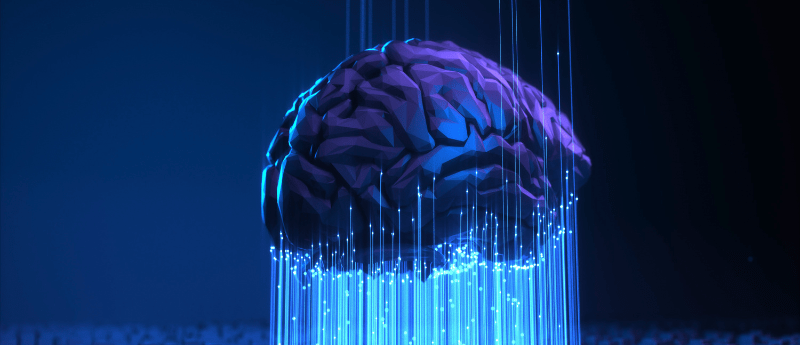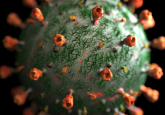A how to guide: growing a human brain computer in a dish

A biological computer powered by human brain cells, ‘organoid intelligence’, is now a potential for the near future, according to a recent study published in Frontiers in Science.
A team of researchers from John Hopkins Bloomberg School of Public Health and Whiting School of Engineering (MA, USA) have proposed an architecture and blueprint plan for an organoid ‘biocomputer’ powered by human brain cells. This could mark an astounding breakthrough in our understanding of different brain functions, such as learning, memory, cognition and further our research on neurodevelopmental and neurodegenerative diseases. This biocomputer could also lead to advances in modern computing, including data efficiency, storage and processing power, as brains can outperform computers when processing complex information.
The age of man vs machine has begun. Literally. As a child, you may have grown cress in one of those clumsily doodled eggshells, watching the first sprouts with excited desperation. Remember those? I’ll bet you never thought it would be possible to grow a brain in a dish though.
An organoid is a miniaturized three-dimensional tissue culture derived from stem cells. These lab-grown cultures can replicate much of the complexity, structure and function of full-sized organs. Scientists have used these pocket-sized tissues and organs to study lungs, intestines, brains, kidneys and many other organs.
Organoids are particularly useful for research on organ development – drug discovery and toxicity and disease modeling – and have even been utilized in tissue transplants. Not only do they provide an accurate depiction of human tissue and are easy to manipulate and maintain, but they also overcome many of the ethical issues associated with animal testing and clinical trials on humans.
Recently, the team at John Hopkins have been researching brain organoids, or more specifically, ‘organoid intelligence’. They envision applications for brain organoids that extend beyond comprehending how the human brain works, brain-powered computing.
“Computing and artificial intelligence have been driving the technology revolution but they are reaching a ceiling,” explained Thomas Hartung, one of the professors leading this work. “Biocomputing is an enormous effort of compacting computational power and increasing its efficiency to push past our current technological limits.”
To achieve organoid intelligence, the team propose developing a complex network with a combination of brain organoids, each containing approximately 50,000 cells reprogrammed from human skin samples and connected to output devices, real-world sensors and AI/machine learning systems. AI and machine learning techniques could also be implemented to train the brain organoids and analyze response patterns to chemical and electrical stimuli.
The team also incorporated members of the public and bioethicists into their research to identify and discuss any ethical issues arising from experimenting with organoid intelligence. These members will guide the team’s future work.
“The brain is still unmatched by modern computers,” Hartung noted. “Frontier, the latest supercomputer in Kentucky, is a $600 million, 6,800-square-feet installation. Only in June of last year, it exceeded for the first time the computational capacity of a single human brain – but using a million times more energy.”
Although it may yet be a while before organoid intelligence can power a system adapt enough to outwit a computer, the team are optimistic about the future. Biological computers could possess superior computing speed, efficiency, processing power and storage capabilities, as well as relieving the energy expenditure demands of supercomputers that are growing more unsustainable by the day.
For now, organoid intelligence could revolutionize not just the world of modern computing, but also enable us to enhance drug testing research and understand more about alterations in neuronal networks for neurodevelopmental and neurodegenerative diseases without the need for animal testing or patient studies. Who knows, maybe these ‘brains in a dish’ could one day even challenge the likes of ChatGPT?





